COVID-19 Residential Sector Preparation for Structural Engineers
The COVID-19 pandemic has paralyzed the world economy. The construction industry has not been left out. In a world with a slowed economy and activity, structural engineers are facing unique challenges. Engineers will need to come up with new strategies to cope with these challenges since the pandemic does not seem to ease anytime soon. This article outlines the impacts of COVID-19 on the construction and engineering industry. It will also describe the measures to prepare structural engineers for the residential sector during the COVID-19 pandemic.
Impacts of COVID-19 on the Residential Sector
It has only been a few months, but we can all feel the COVID-19 heat. The world economy has almost shut down, and nearly a third of the population is on lockdown. People are not going outside for no apparent reason. Sadly, the real estate sector is not among the vital essential services even though it should be.
Below are some of the significant effects of the COVID-19 pandemic on the residential sector:
Construction site shutdowns
The leaders and scientists are calling for total lockdown across nations. Most companies are asking employees to work from home too. Unfortunately, engineers and construction workers do not have this privilege. Instead, most construction sites, including residential properties, have been shut down.
As a result, real estate and engineering companies may have to incur higher costs than initially projected. Besides, there might be a contract breach due to these delays and lockdowns.
Limited access to structural engineering materials
International travel restrictions have hit the economy hard. For the construction industry, there is a demand for materials, but the supply is limited. Almost 30% of construction and structural engineering materials in the US comes from China. Production and manufacturing have also slowed down in China.
And even if the materials are locally available, the prices are elevated.
Potential employee reduction
Some states have not closed down construction sites yet. Due to the economic crisis and the protection of workers, most companies have to reduce the number of employees at the site. This leads to reduced productivity.
Besides, the companies will have to cater to the safety equipment for employees at the site. This is a major setback for the construction and engineering industry.
Some owners have actually asked contractors to halt their projects due to the current uncertainty.
What residential sector structural engineers must consider for COVID-19 preparation
Structural engineers have enjoyed working on the site for many years. This year, however, is a little bit different. We are encouraging people to work from home and observe social distancing. It does not mean that it is all lost.
Thinking about it carefully, COVID-19 is preparing the industry for efficiency in the future. For instance, most companies realize they don’t need as many individuals on-site or in the office. Below are four major ways that structural engineers can make the most out of this situation.
- Implement digital software
- It is becoming clear that even engineers can actually work from home! There is a lot of technology to help with this. For instance, if structural engineers invest in a 360° camera on-site, there will be no need to go to the site.
- Using digital software will allow the team to work remotely. This will, in turn, adhere to the social distancing directives to stop the spread of coronavirus.
- Work with local suppliers
- Above, the article outlined that one of the major effects of COVID-19 is the limited availability of materials. Well, because importing materials is difficult right now, consider talking to local suppliers. This way, the project does not have to be halted.
- Focus on housing designs that allow residents to work from home
- It is an essential aspect of residential property right now. Even before the pandemic, more and more people continue to work remotely. With this in mind, structural engineers should work with designs conducive for residents to work from their homes.
- This means including a study room or allowing large spaces for those occupants who work from home.
- Push the project completion date
- To avoid contract breaches, structural engineers may want to push the completion dates. Talk to the contractors or the owner about the duration of the project. Engineers and clients must be on the same page on this.
Conclusion
While COVID-19 presents a challenge, structural engineers have not dealt with before, it is an opportunity to learn. Structural engineers should use the opportunity to invent better ways to work efficiently.

